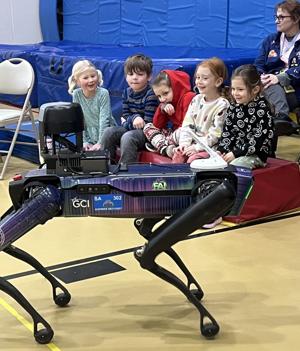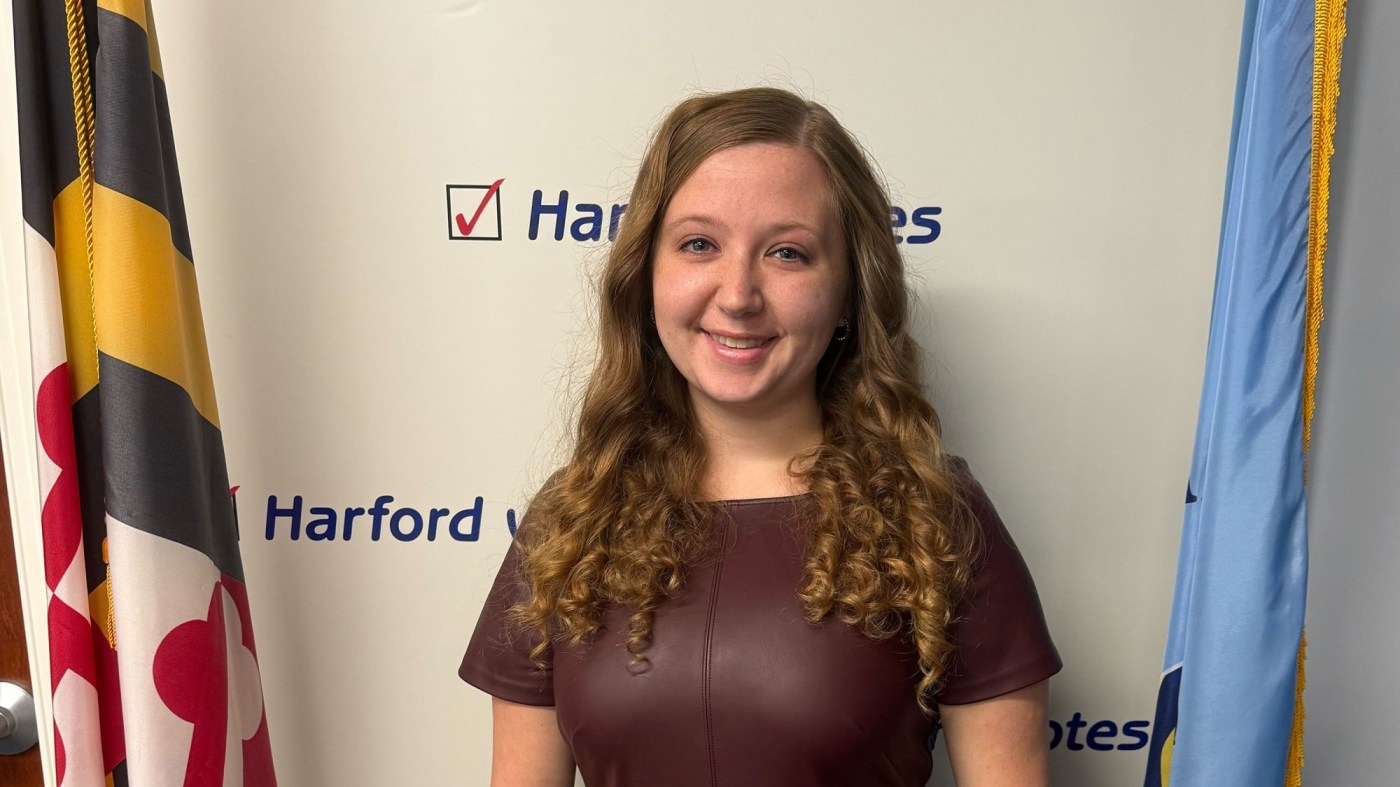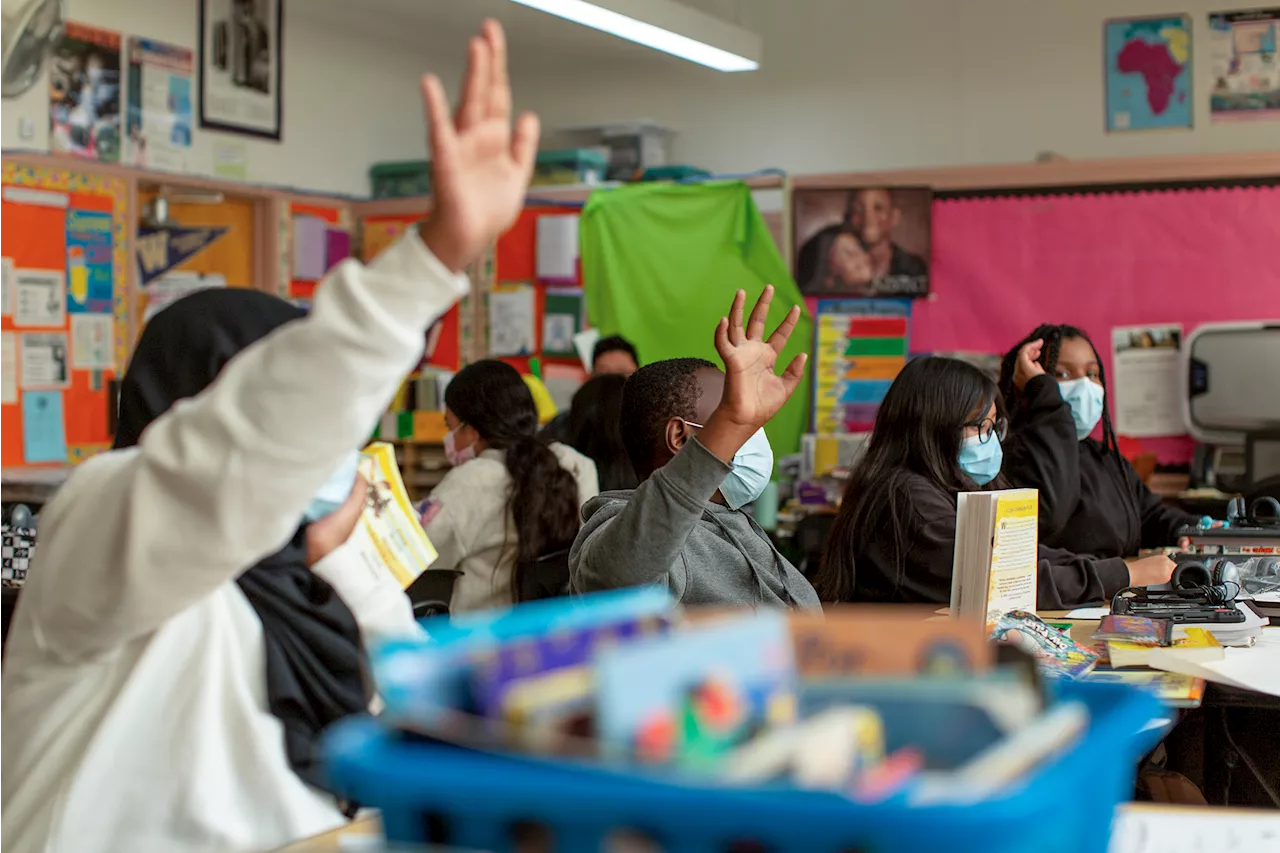A unique educational experience unfolded at Tri-Valley School in Healy, Alaska, as students interacted with Aurora, a robot dog designed to enhance wildlife management at Fairbanks International Airport. Aurora, a research project, aims to deter birds and other wildlife from runways to prevent potentially hazardous collisions with aircraft.
The initiative is part of a broader study to assess the effectiveness of non-lethal methods for wildlife control on airfields. According to Cole Suckow, a wildlife biologist with the United States Department of Agriculture (USDA), Aurora serves as a promising alternative to traditional approaches that often rely on chemical deterrents. Suckow is responsible for managing wildlife conflicts at the airport, where bird strikes can result in significant costs and safety risks.
During the event, Suckow clarified to students that, despite its canine appearance, Aurora is fundamentally a robot. Weighing 72.1 pounds and capable of carrying an additional 30.9 pounds, Aurora operates on a battery that lasts approximately 90 minutes and can reach speeds of up to 3.6 mph. The robot’s design allows it to navigate uneven terrain, an essential feature for its intended use in diverse airport environments.
A research grant of $75,000 funded the construction of this robot, which is comparable in size to a Labrador Retriever. As Aurora made its way through the hallways of Tri-Valley School, students were captivated, eagerly asking questions and reaching out to touch the innovative machine.
Suckow engaged the students by asking, “Anybody have ideas on where there could be conflict with wildlife at an airport?” This prompted a thoughtful response from a student about birds potentially being sucked into aircraft engines. Suckow explained that his role involves habitat management to minimize such risks, including managing water and grass height on the airfield.
Students also had the opportunity to operate Aurora via a mobile tablet, with guidance from Hailey Standish, Fairbanks International Airport’s communications specialist. This hands-on experience allowed even the youngest attendees to engage with the technology, fostering interest in science and engineering fields.
Looking ahead, researchers hope to develop Aurora’s capabilities further. Future plans include programming the robot to follow specific routes autonomously and to distinguish between different types of wildlife, targeting larger birds like Canada geese over smaller ones like robins.
While some adults expressed skepticism about the implications of robotic wildlife management, the children embraced Aurora enthusiastically. The robot even led students in a series of push-ups, showcasing its interactive features.
In response to a teacher’s inquiry about career preparation, Suckow emphasized the importance of math and science education for students aspiring to work in wildlife management or related fields. This initiative not only highlights innovative technology in wildlife management but also serves as an engaging educational tool, sparking curiosity and creativity among young minds.







